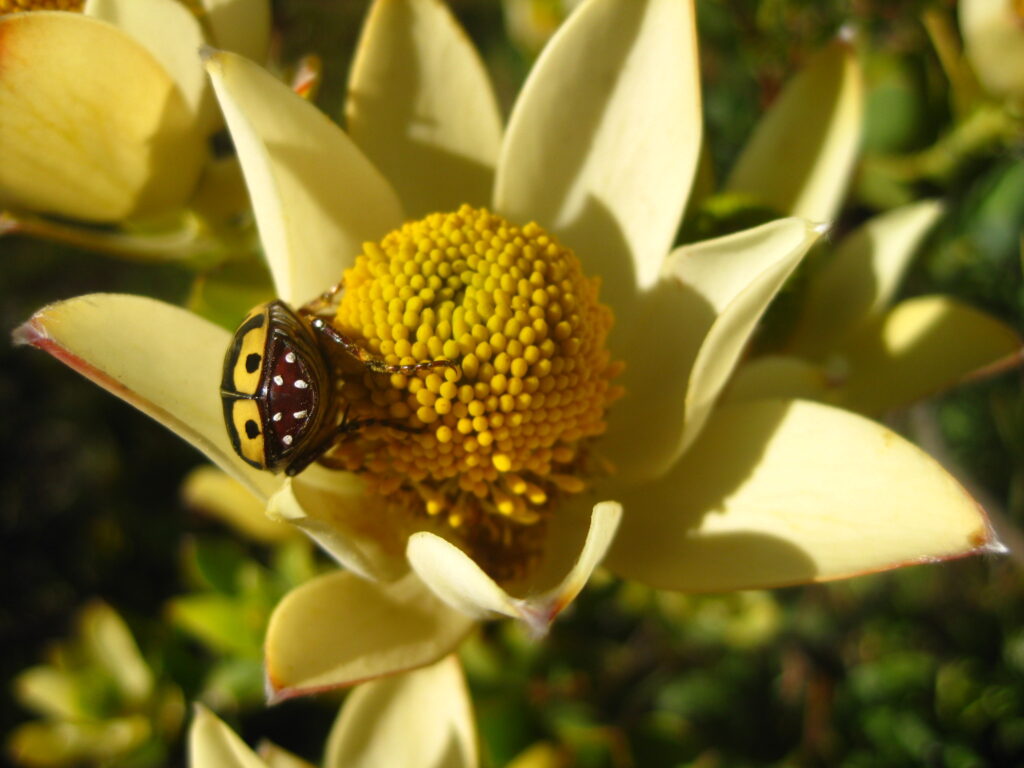Picture this: you’re enjoying a peaceful afternoon in your garden when suddenly, a wasp-like insect buzzes past your ear. Your heart rate spikes, muscles tense, and you instinctively duck away. But wait – that “wasp” might not be what it seems. Welcome to the fascinating world of insect mimicry, where creatures have perfected the art of deception through millions of years of evolution. In nature’s grand theater, some of the most skilled performers aren’t found on Broadway stages, but crawling, flying, and buzzing all around us. These insect actors have mastered the ultimate game of dress-up, donning costumes so convincing that even experienced entomologists sometimes do a double-take. From harmless flies that look like deadly wasps to butterflies that masquerade as toxic species, the insect world is riddled with imposters living double lives.
The Science Behind Nature’s Greatest Cons
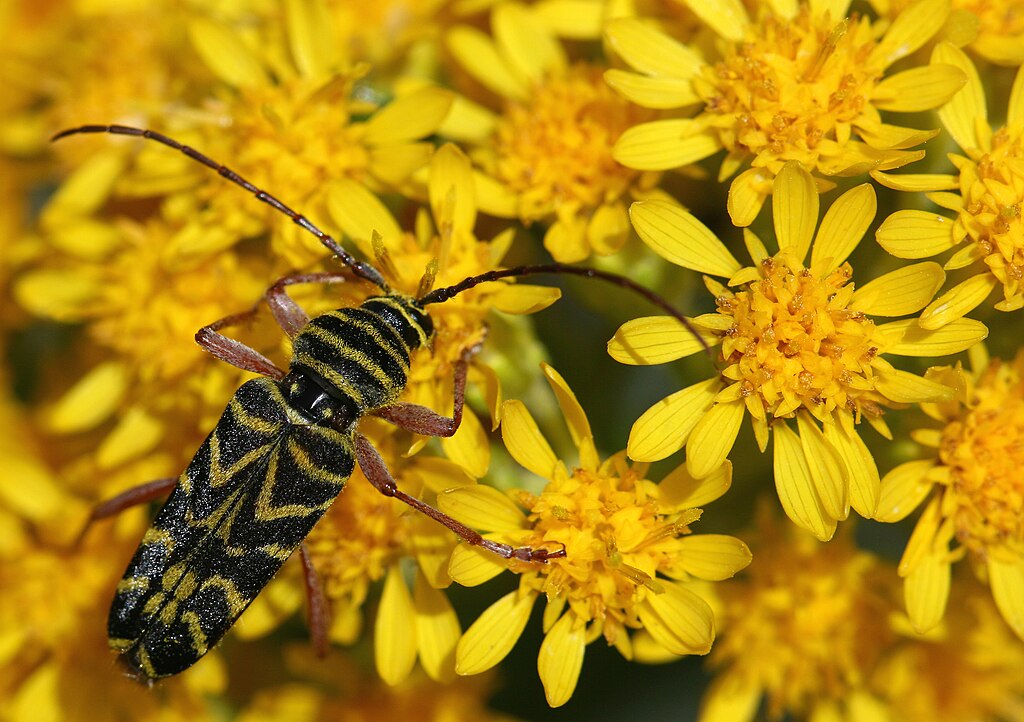
Mimicry in the insect world isn’t just about looking pretty – it’s a matter of life and death. Scientists have identified several types of mimicry, but the most common forms are Batesian and Müllerian mimicry. Batesian mimicry occurs when a harmless species evolves to resemble a dangerous one, essentially borrowing the reputation of their more intimidating cousins. Think of it like wearing a fake police badge – you get the respect and fear without having to do any of the actual work. Müllerian mimicry, on the other hand, happens when multiple dangerous species evolve to look similar, creating a shared warning system that benefits everyone involved. It’s like dangerous gangs wearing the same colors to amplify their collective threat. The evolutionary pressure driving these deceptions is immense. Predators learn to associate certain colors, patterns, and behaviors with painful or toxic experiences. Once this association is established, any creature that can successfully mimic these warning signals gains a significant survival advantage, even if they’re completely harmless underneath their disguise.
Hoverflies: Masters of Wasp Deception
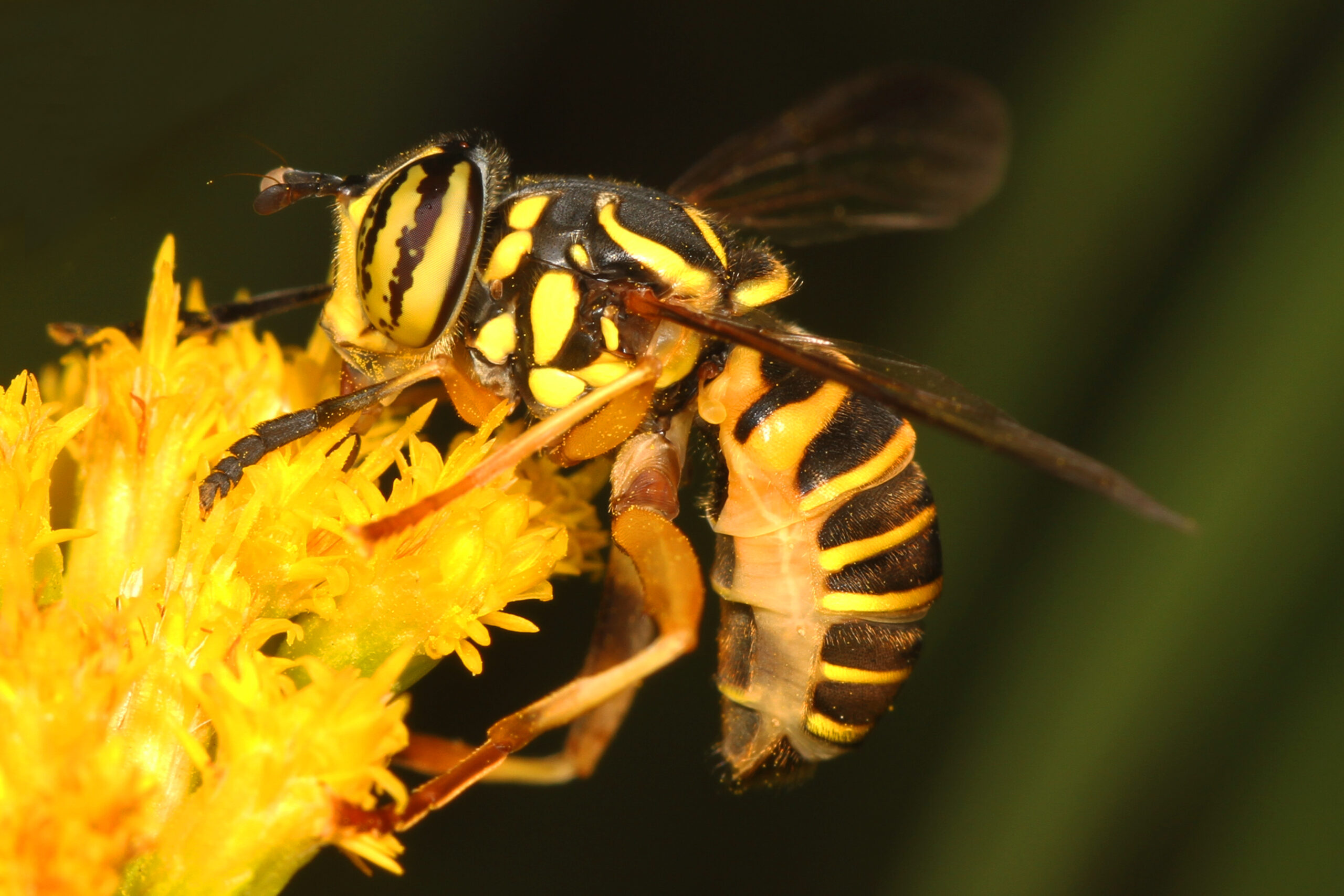
Perhaps no group of insects has mastered the art of wasp mimicry quite like hoverflies. These remarkable dipterans have evolved yellow and black stripes, aggressive flight patterns, and even behavioral quirks that make them nearly indistinguishable from their stinging models. Some species have taken this mimicry to extraordinary lengths, developing specialized wing beats that produce a convincing wasp-like buzz. What makes hoverflies particularly impressive is their attention to detail. Many species have evolved fake wasp waists by developing constricted abdomens, while others have modified their antennae to appear more wasp-like. The Spilomyia longicornis, commonly known as the yellowjacket hover fly, is so convincing that it regularly fools both predators and humans alike. These peaceful flower-visitors are completely harmless, lacking stingers, venom, or any defensive weapons whatsoever. Yet their convincing disguises allow them to feed openly on nectar without fear of bird attacks. It’s a perfect example of how evolution can create elaborate solutions to simple problems – in this case, the problem of being delicious and defenseless.
Clearwing Moths: The Transparent Tricksters
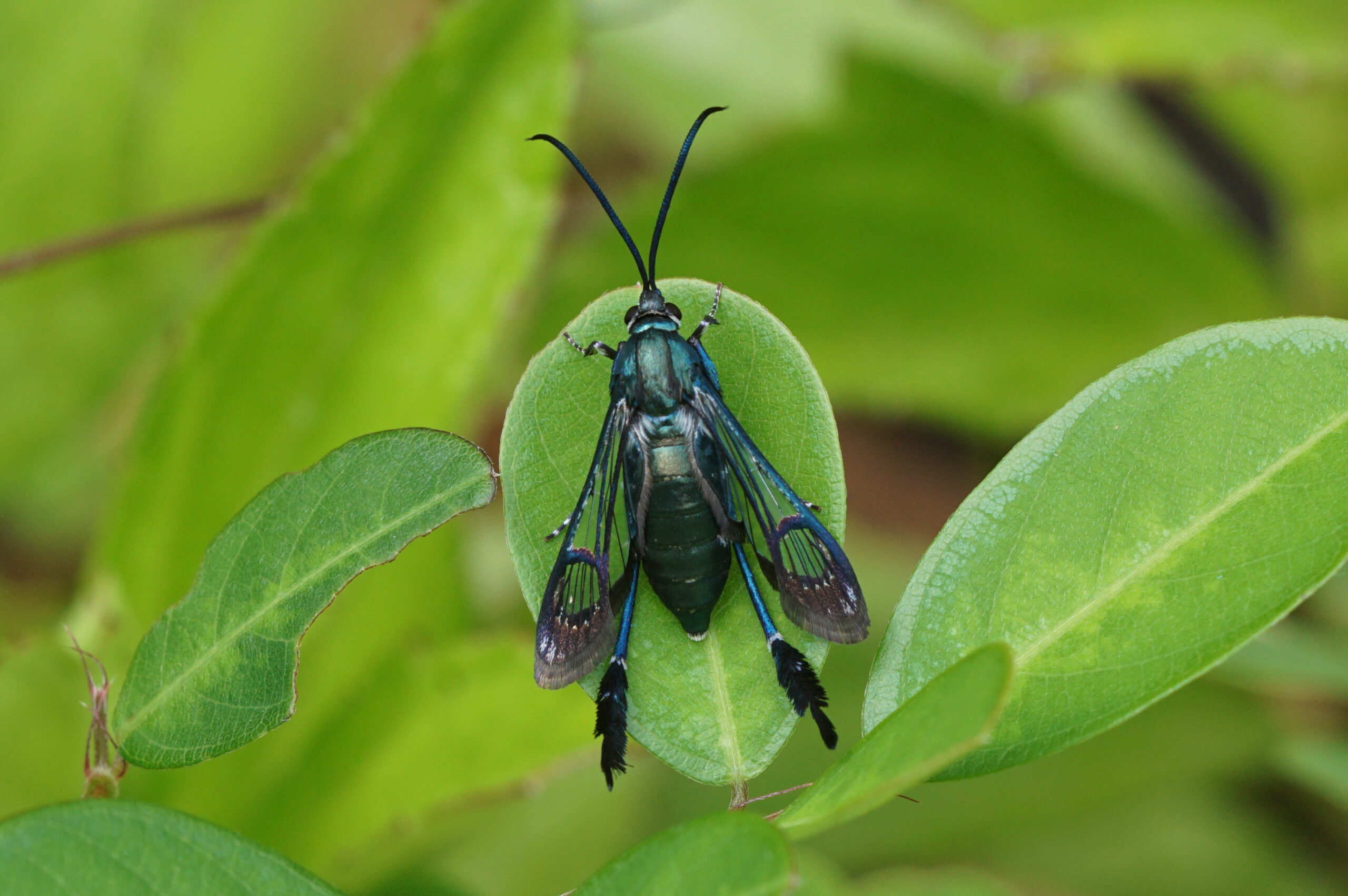
While most moths are associated with fuzzy, drab appearances, clearwing moths have taken a radically different evolutionary path. These remarkable creatures have evolved transparent wings and slender bodies that make them nearly perfect wasp mimics. The hummingbird clearwing moth, for instance, can easily be mistaken for a small hornet as it hovers around flowers during daylight hours. What sets clearwing moths apart is their commitment to the charade. They’ve abandoned the typical moth behavior of being active at night, instead choosing to feed during the day when wasps are most active. Their flight patterns are quick and darting, mimicking the aggressive movements of their stinging models rather than the gentle, fluttering flight typical of most moths. The squash vine borer moth takes this mimicry to extreme levels, with its metallic green body and orange markings making it a dead ringer for a dangerous wasp. These moths have essentially traded their moth identity for a wasp persona, complete with the behavioral changes needed to make the disguise convincing.
Beetle Bluffers: Hard-Shelled Imposters
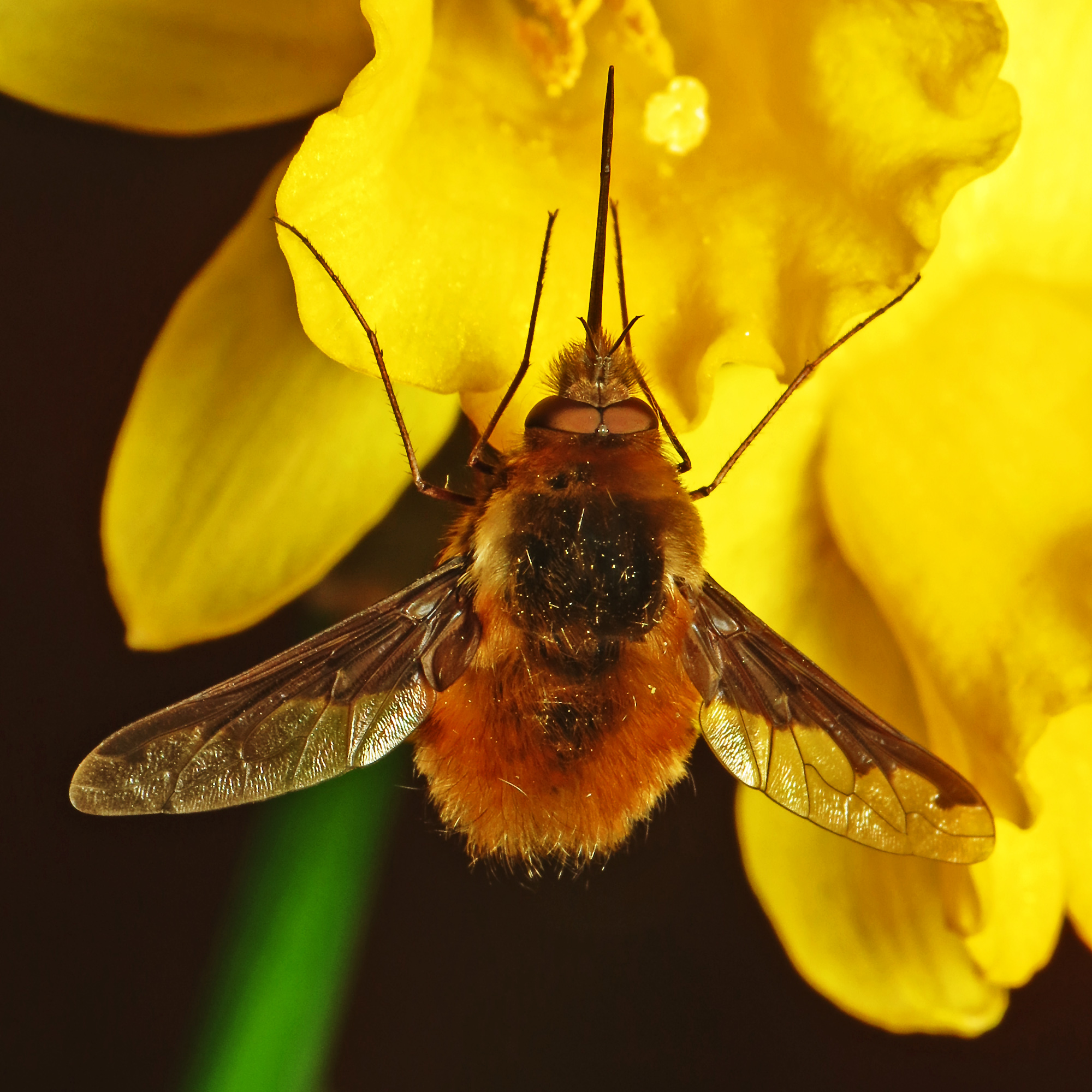
Beetles might seem like unlikely candidates for mimicry given their hard wing covers and distinctive body shapes, but many species have evolved remarkable disguises. Longhorn beetles, in particular, have become masters of wasp mimicry, with species like Clytus arietus developing yellow and black patterns that make them nearly indistinguishable from wasps when viewed from a distance. These beetles have modified their behavior to enhance their disguises, moving with quick, jerky motions that mimic wasp movements rather than the typical beetle crawl. Some species have even evolved slender bodies that help them appear more wasp-like, sacrificing the typical robust beetle build for a more convincing disguise. The most impressive beetle mimics often combine visual deception with behavioral changes. They’ll position themselves on flowers in wasp-like poses, constantly moving their antennae and making rapid movements that suggest they’re armed and dangerous. It’s a comprehensive performance that would make any method actor proud.
Butterfly Fraudsters: Beauty with a Bite
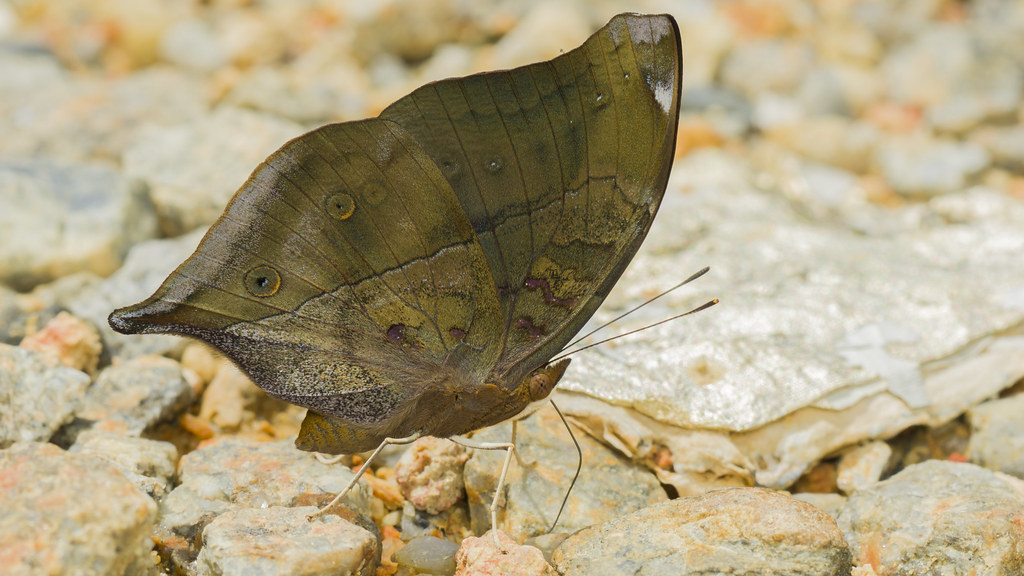
The butterfly world is filled with imposters, but perhaps none are more dramatic than the Batesian mimics that copy poisonous species. The viceroy butterfly has long been thought to mimic the toxic monarch butterfly, though recent research suggests this relationship might be more complex than originally believed. Still, the visual similarity between these species is striking and likely provides protection for both. More clear-cut examples include the various swallowtail butterflies that mimic distasteful species. The eastern black swallowtail, for instance, has evolved dark coloration and spotted patterns that help it blend in with toxic butterflies in its range. These mimics must be precise – a butterfly that’s almost but not quite convincing enough might still end up as bird food. What’s particularly fascinating about butterfly mimicry is how it can vary geographically. The same species might mimic different toxic butterflies in different regions, adapting their appearance to match whatever dangerous species are most common in their local area. It’s like having a wardrobe of different disguises for different occasions.
The Robber Fly Ruse: Predators in Disguise
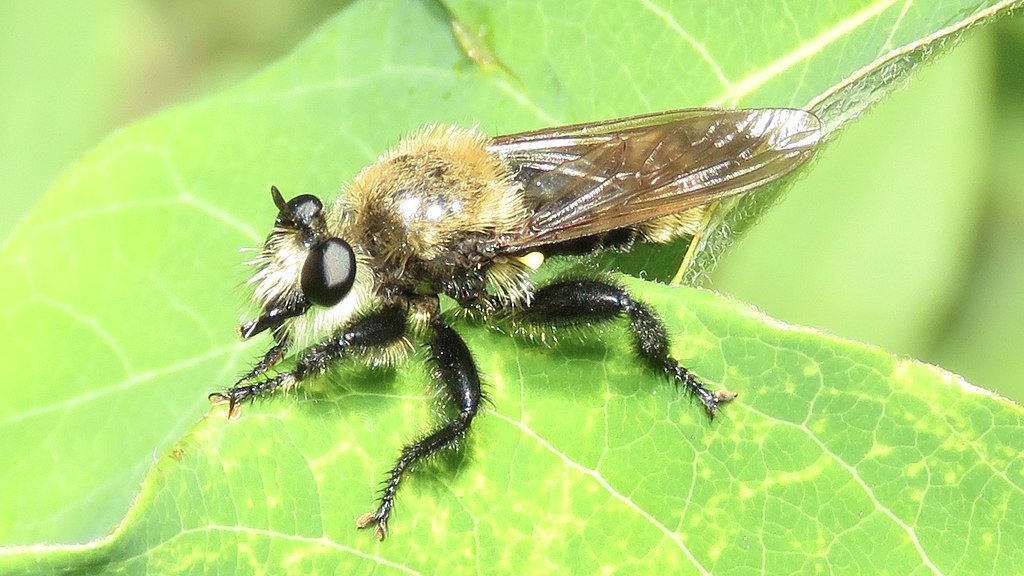
Robber flies present a unique twist on mimicry – they’re actually dangerous predators that use Batesian mimicry to get close to their prey. These flies often mimic bees, allowing them to approach bee colonies without raising alarm. Once close enough, they strike with lightning speed, capturing their victims with powerful legs and a piercing proboscis. Some robber fly species have evolved incredibly specific mimicry, copying not just the general appearance of bees but their exact coloration, size, and even flight patterns. The Laphria species, for example, are so convincing in their bee disguises that they can actually infiltrate bee colonies to hunt from within. This type of aggressive mimicry represents a fascinating arms race between predator and prey. As bees evolve better detection methods, robber flies must perfect their disguises even further. It’s a constant game of evolutionary one-upmanship that has produced some of nature’s most convincing imposters.
Ant Mimics: Small but Mighty Deceptions
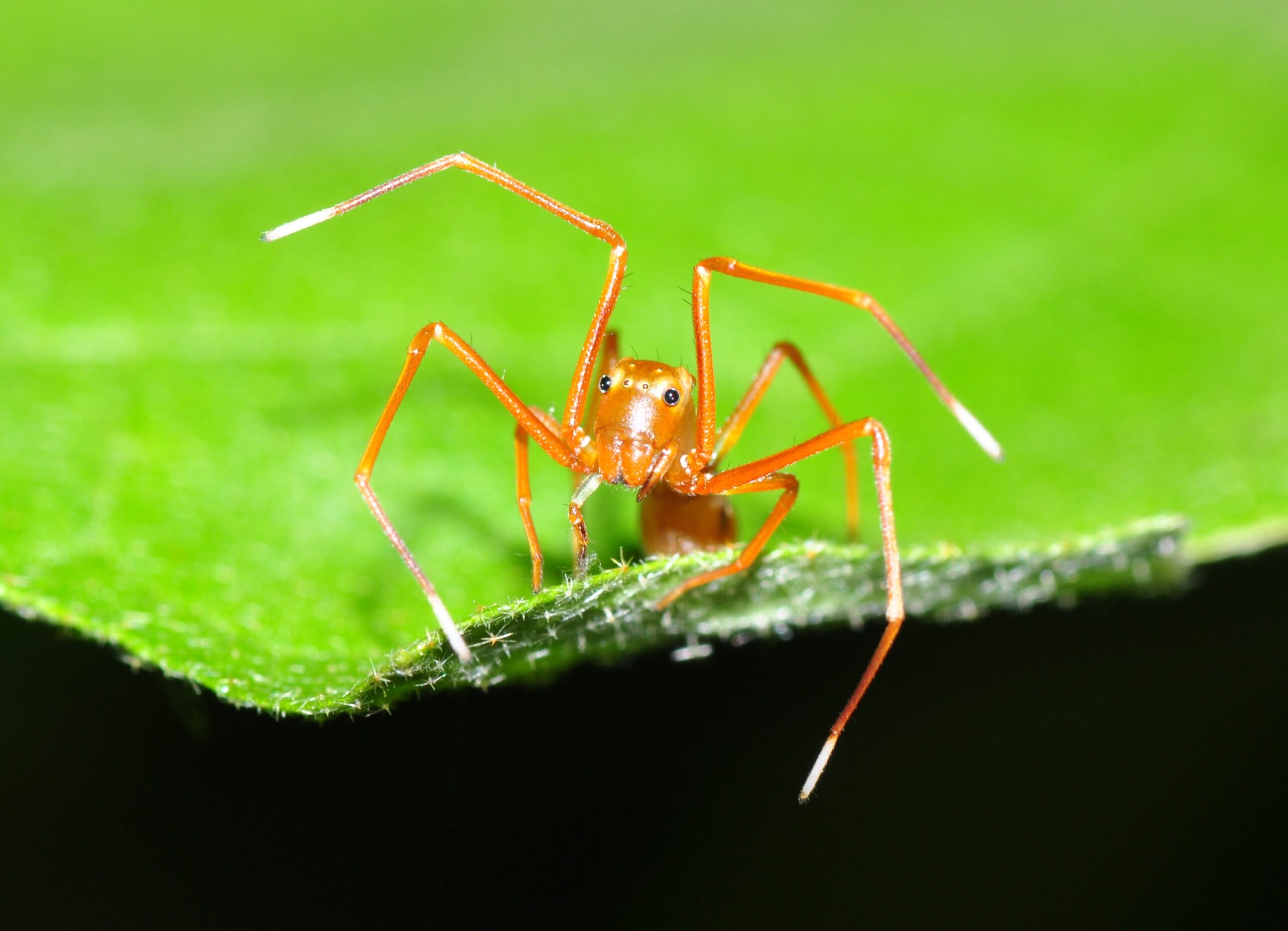
Ants are among nature’s most successful insects, and their aggressive colonies and painful bites make them excellent models for mimicry. Numerous spider species have evolved to look like ants, complete with constricted bodies and modified legs that they wave around to simulate antennae. The Myrmarachne species of jumping spiders are particularly convincing ant mimics. What makes ant mimicry challenging is that it requires both visual and behavioral changes. Spiders must learn to walk like ants, using only six of their eight legs for locomotion while holding the front two up like antennae. They must also mimic ant movements – the quick, purposeful scurrying rather than the stop-and-go hunting behavior typical of spiders. Some ant mimics have evolved to copy specific ant species rather than just general ant appearance. This precision mimicry allows them to integrate into ant colonies or hunt in areas where their target ant species is common. It’s a specialized form of deception that requires incredible attention to detail.
The Hornet Charade: When Size Matters
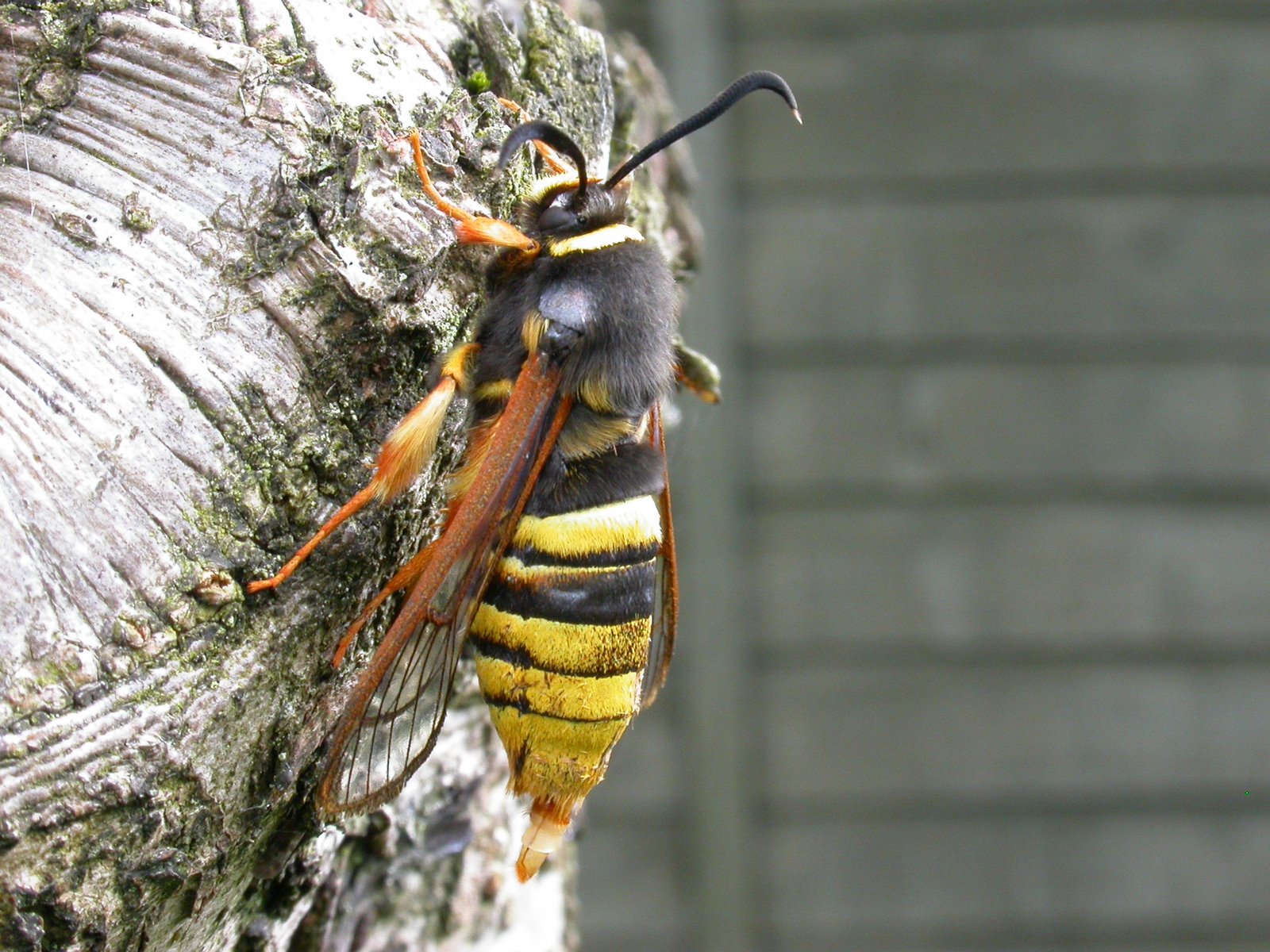
Hornets represent the ultimate in wasp intimidation – they’re large, aggressive, and pack a painful sting. Not surprisingly, numerous insects have evolved to mimic these formidable creatures. The hornet moth is perhaps the most impressive example, with its yellow and black coloration and robust body making it nearly indistinguishable from a real hornet. These moths have evolved not just the appearance of hornets but also their behavior. They fly during the day with quick, aggressive movements and will even hover threateningly when disturbed. The illusion is so complete that even experienced entomologists sometimes need a second look to distinguish between the real thing and the imposter. Large hoverfly species have also evolved hornet mimicry, though they face the challenge of maintaining their essential fly characteristics while appearing wasp-like. The result is often a compromise – creatures that look threatening enough to deter predators but still retain the ability to perform essential fly behaviors like hovering and rapid directional changes.
Toxic Caterpillars: The Fake Danger Display
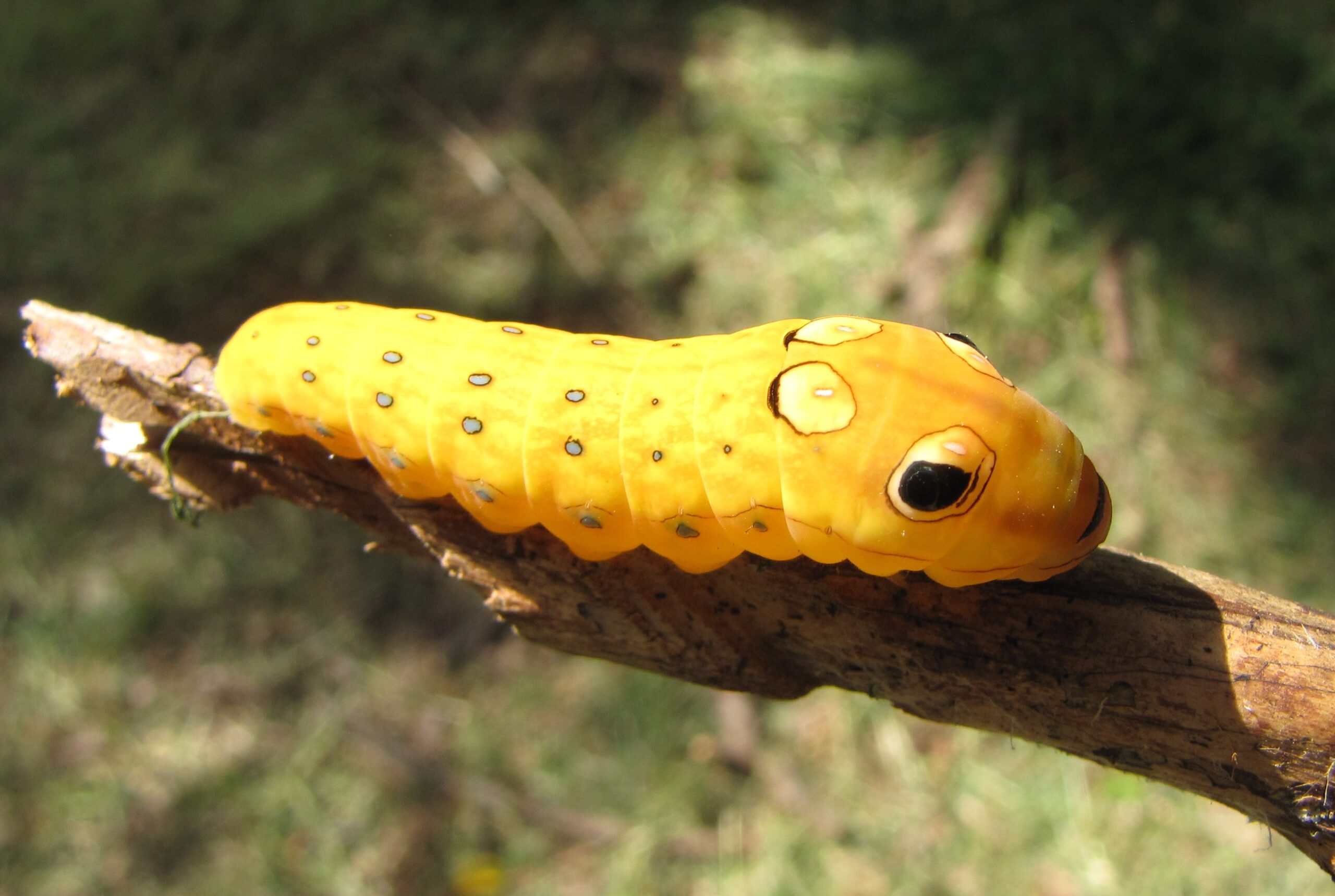
Caterpillars face unique challenges in the mimicry world – they’re essentially soft, slow-moving packages of protein that every predator wants to eat. Some species have evolved to mimic dangerous caterpillars, developing bright warning colors and spiny appearances that suggest they’re toxic or unpalatable. The io moth caterpillar, for example, is covered in venomous spines that make it genuinely dangerous to touch. Harmless caterpillars have evolved similar spiny appearances and bright warning colors, borrowing the reputation of their truly dangerous cousins. These fake toxic caterpillars must be convincing enough to deter predators but don’t actually possess any defensive chemicals or venomous spines. The challenge for caterpillar mimics is that they must maintain their disguise while growing and molting. This means their mimicry must be effective at multiple sizes and developmental stages. Some species actually change their mimicry strategy as they grow, starting as twig mimics when small and transitioning to toxic mimics as they become larger and more conspicuous.
The Bee Fly Bamboozle: Fuzzy Fraudsters
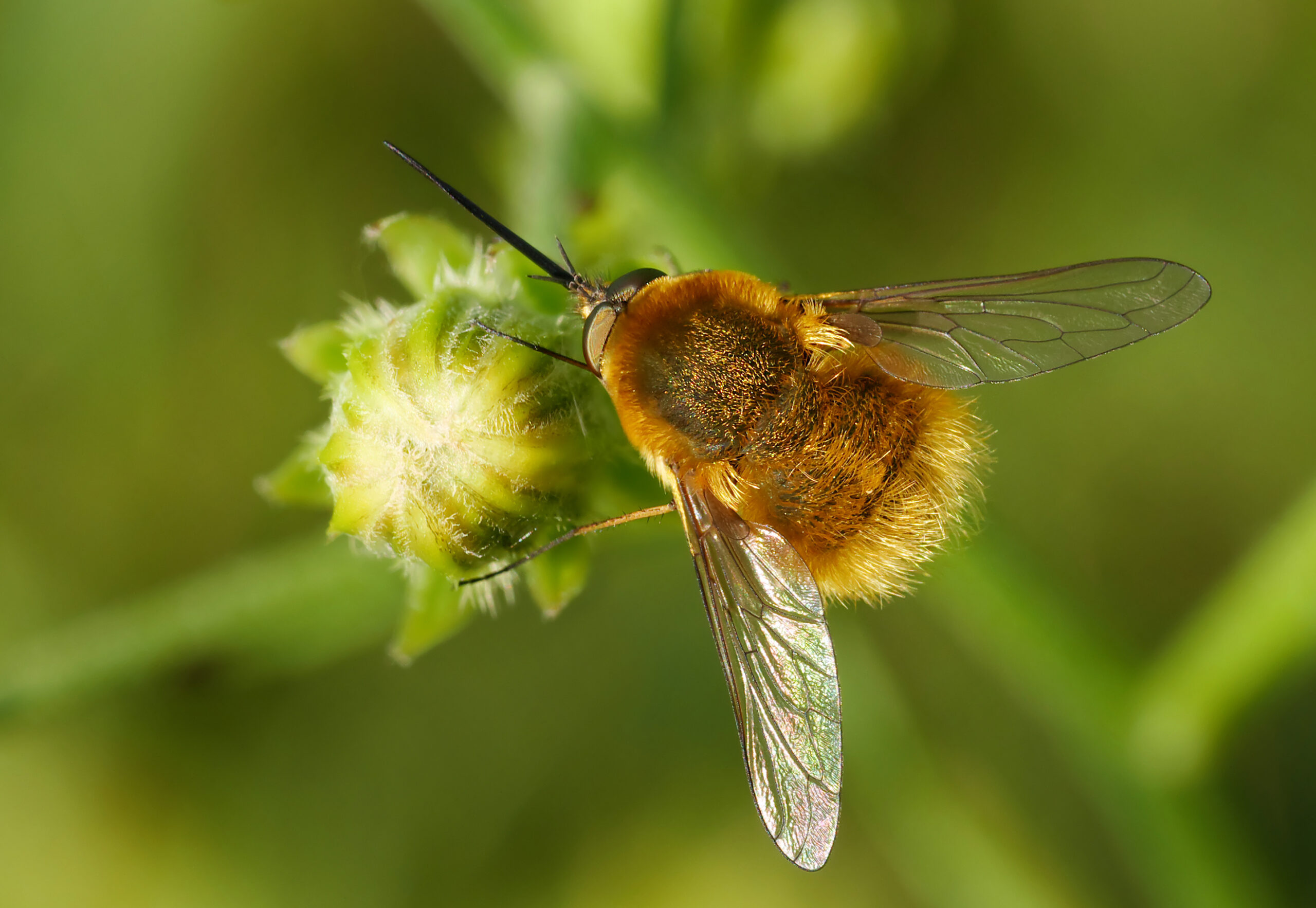
Bee flies represent some of the most charming mimics in the insect world, with their fuzzy bodies and hovering flight patterns making them nearly perfect bee imposters. These flies have evolved the appearance of bees so thoroughly that they’re often mistaken for their models even by experienced naturalists. The Bombylius species, in particular, are remarkable for their bee-like appearance and behavior. What makes bee flies particularly interesting is their lifestyle choice. Unlike many mimics that simply borrow appearance, bee flies have actually adopted many bee behaviors. They visit flowers for nectar, hover around blossoms, and even dust themselves with pollen. It’s almost as if they’ve decided to become honorary bees. The mimicry extends beyond just appearance and behavior. Many bee flies have evolved specialized mouthparts that allow them to feed on nectar more efficiently, much like their bee models. They’ve essentially become functional bees without the ability to make honey or the defensive capabilities that make real bees dangerous.
Snake Mimics: When Insects Play Reptile
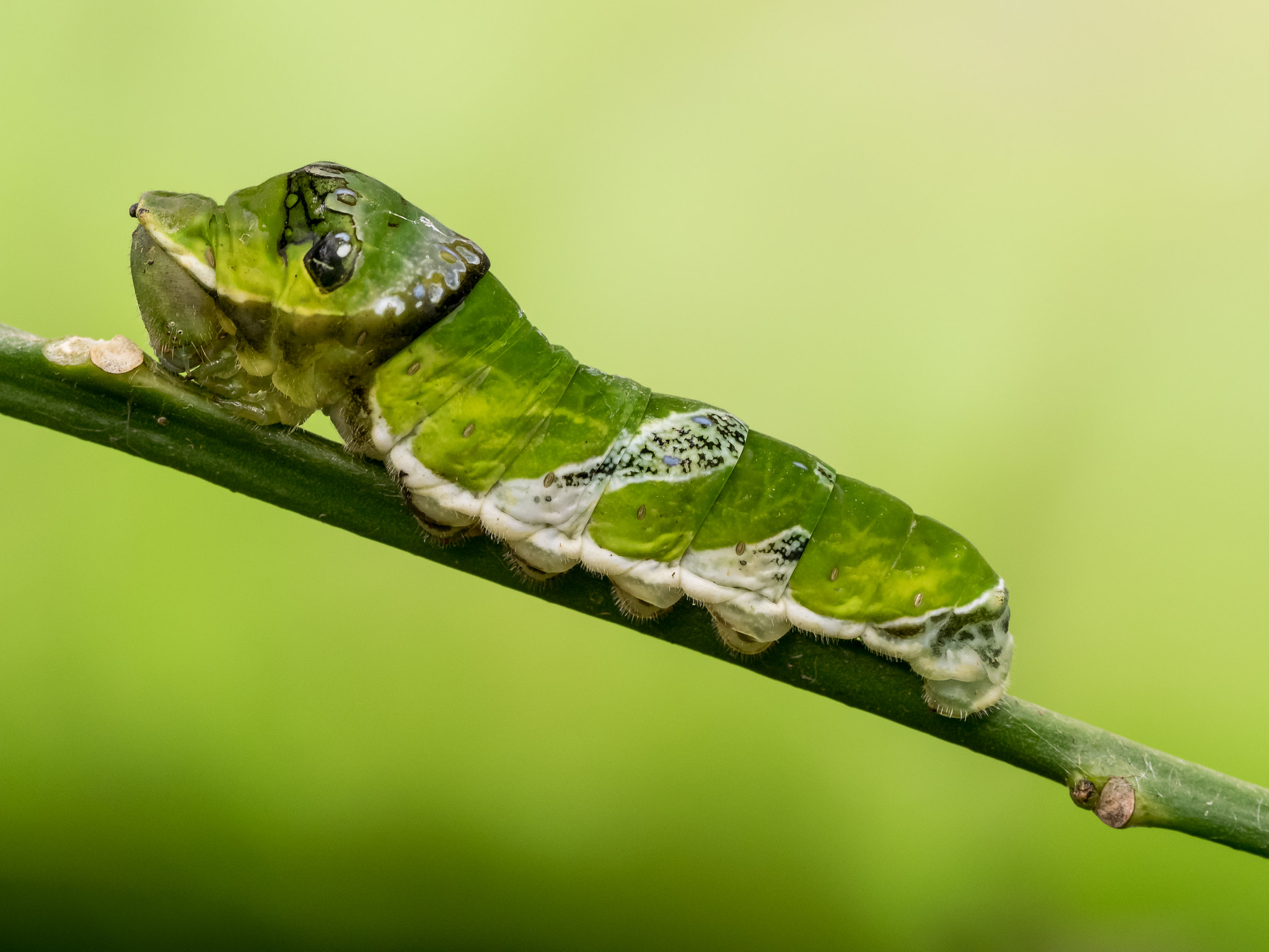
Some caterpillars have taken mimicry to an entirely different level by imitating snakes rather than other insects. The hawkmoth caterpillars are masters of this deception, with enlarged eye spots and the ability to rear up in a snake-like posture when threatened. The elephant hawkmoth caterpillar can transform from a harmless green larva into a convincing snake mimic in seconds. This type of mimicry requires incredible precision – the eye spots must be positioned correctly, the color patterns must be believable, and the behavior must be convincing enough to trigger a predator’s innate fear of snakes. Some species have even evolved the ability to make hissing sounds to complete the illusion. The effectiveness of snake mimicry depends on the predator’s experience with real snakes. Birds that have encountered dangerous snakes are more likely to be fooled by caterpillar mimics, while those from snake-free environments might not be impressed by the display. It’s a reminder that mimicry is always a relationship between the mimic, the model, and the observer.
The Evolutionary Arms Race: Predator vs. Mimic
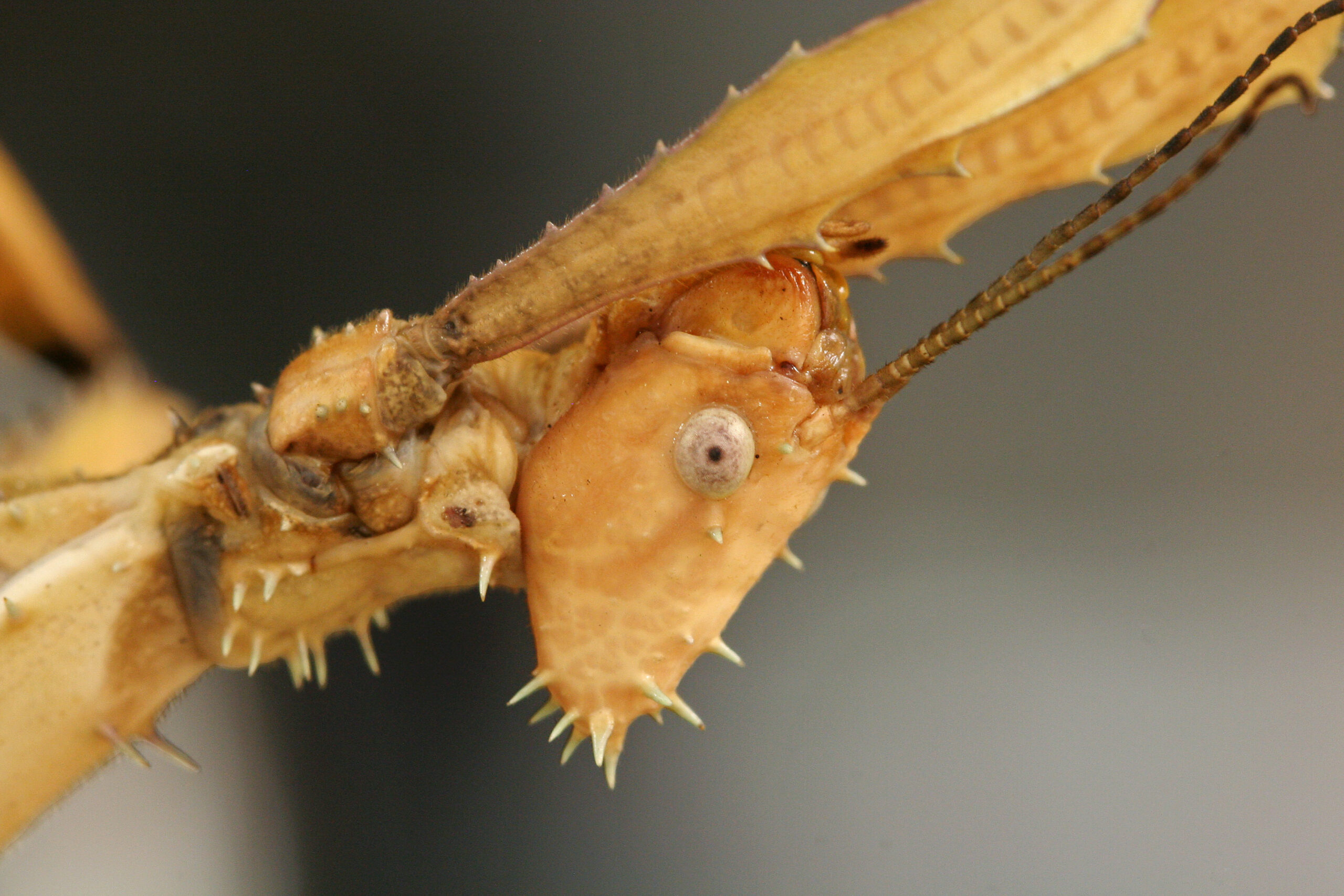
The world of insect mimicry is constantly evolving as predators become better at detecting fakes and mimics develop more convincing disguises. This evolutionary arms race has produced some of the most sophisticated examples of deception in nature. Birds, the primary predators of many insects, have evolved increasingly sharp pattern recognition abilities, forcing mimics to become ever more precise in their disguises. Some predators have learned to look for subtle differences between mimics and their models – slight variations in flight patterns, body proportions, or behavioral cues that reveal the truth. In response, mimics have evolved to eliminate these telltale signs, creating an ongoing cycle of adaptation and counter-adaptation. This arms race has also led to the evolution of multiple mimicry strategies within single species. Some insects are polymorphic, meaning individuals within the same species can display different mimetic forms. This variation helps ensure that at least some individuals will be successful mimics even as predators become better at detecting specific patterns.
Breaking the Code: How Scientists Study Mimicry
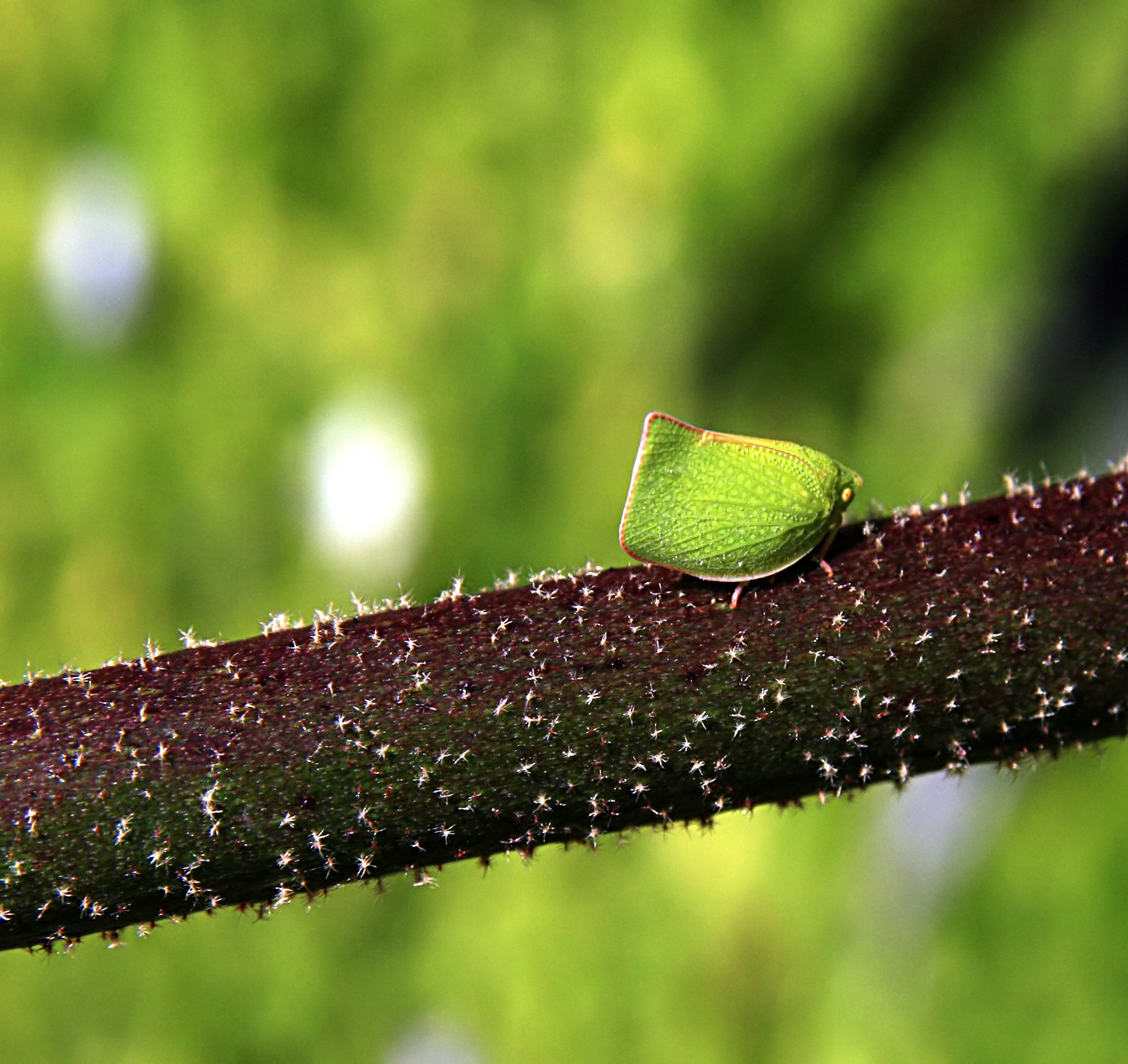
Understanding insect mimicry requires sophisticated research techniques that can measure everything from wing beat frequencies to the spectral properties of warning colors. Scientists use high-speed cameras to analyze flight patterns, spectrophotometers to measure color precision, and controlled experiments to test predator responses. Modern DNA analysis has also revealed that many mimetic relationships are more complex than originally thought. One of the most important tools in mimicry research is the use of artificial models. Researchers create fake insects with various combinations of colors, patterns, and behaviors to test which features are most important for successful mimicry. These experiments have revealed that sometimes subtle details matter more than obvious features. Field studies remain crucial for understanding mimicry in natural settings. Researchers must observe predator-prey interactions in real time, documenting which mimics are successful and which are discovered and eaten. This type of research requires patience and careful observation, as the most dramatic mimicry interactions often happen in split seconds.
The Future of Insect Identity Crisis
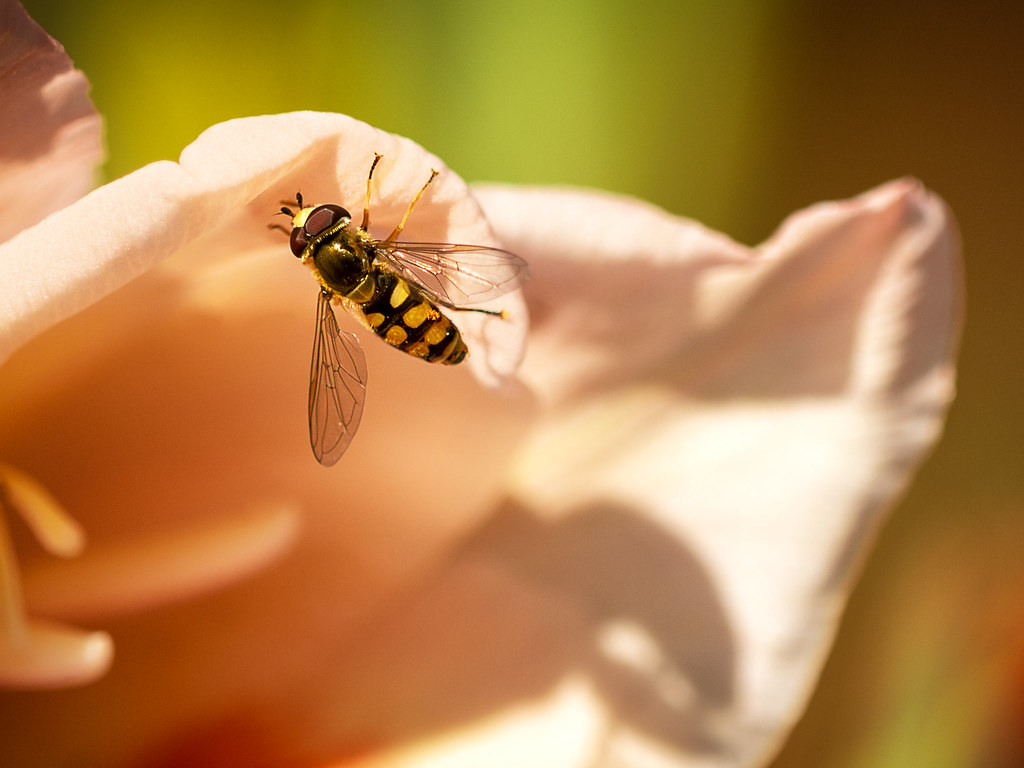
Climate change and habitat destruction are creating new challenges for insect mimics. As species ranges shift and communities change, mimics may find themselves in areas where their models are absent or rare. This could lead to the evolution of new mimetic relationships or the breakdown of existing ones. Human activities are also creating new opportunities for mimicry. Urban environments often have different predator communities than natural habitats, potentially favoring different types of mimetic strategies. Some species are already showing signs of adapting their mimicry to urban conditions. The study of insect mimicry continues to reveal new layers of complexity and sophistication. As our understanding grows, we’re discovering that the insect world is full of even more remarkable imposters than we ever imagined. Each new discovery adds another piece to the puzzle of how evolution creates such intricate deceptions.
Conclusion: The Never-Ending Masquerade
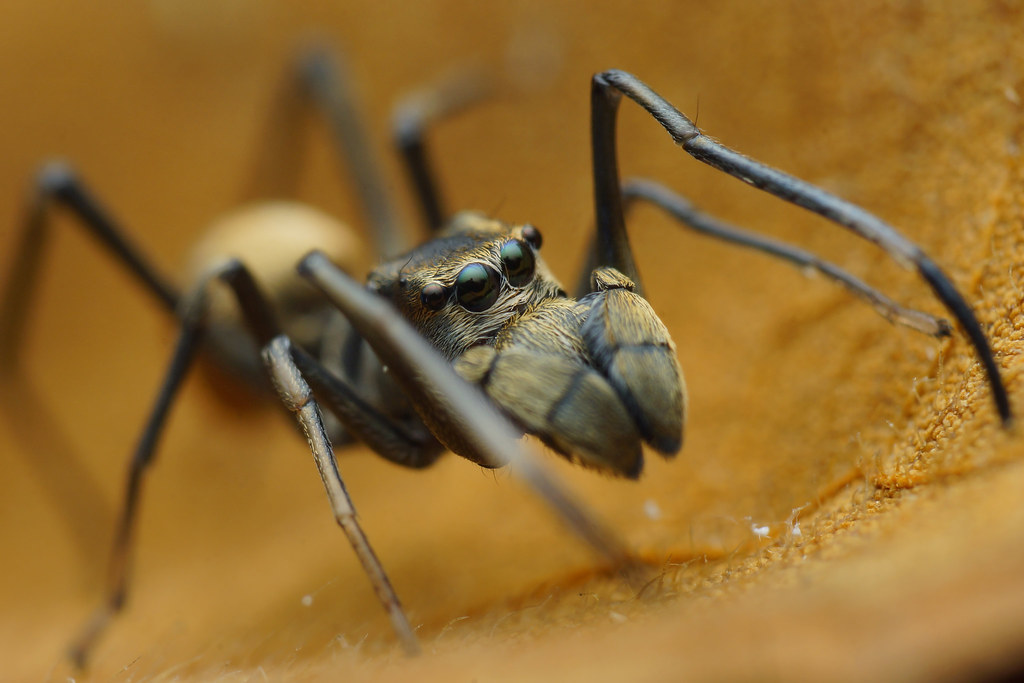
The world of insect mimicry reveals nature’s incredible creativity and the powerful forces that drive evolution. From wasp-mimicking flies to snake-imitating caterpillars, these creatures have perfected the art of deception through millions of years of refinement. Their success depends on precise attention to detail, convincing behavioral changes, and the ability to fool some of nature’s most sophisticated predators. Understanding these mimetic relationships gives us insight into the complex web of interactions that shape ecosystems. Every successful mimic represents a victory in evolution’s ongoing game of survival, while every failed imposter reminds us that nature’s quality control is unforgiving. The delicate balance between mimics, models, and predators creates a dynamic system that continues to evolve and surprise us. As we venture into gardens, forests, and fields, we’re surrounded by these masterful performers playing their roles in nature’s grand theater. The next time you see what appears to be a wasp, take a moment to look closer – you might be witnessing one of evolution’s most impressive magic tricks in action. What other secrets might these tiny actors be hiding in plain sight?

